Taking into account the stability of various cycloalkanes and carbocations, as well as the rules governing mechanisms of carbocation rearrangements, what is the most likely product of this reaction?

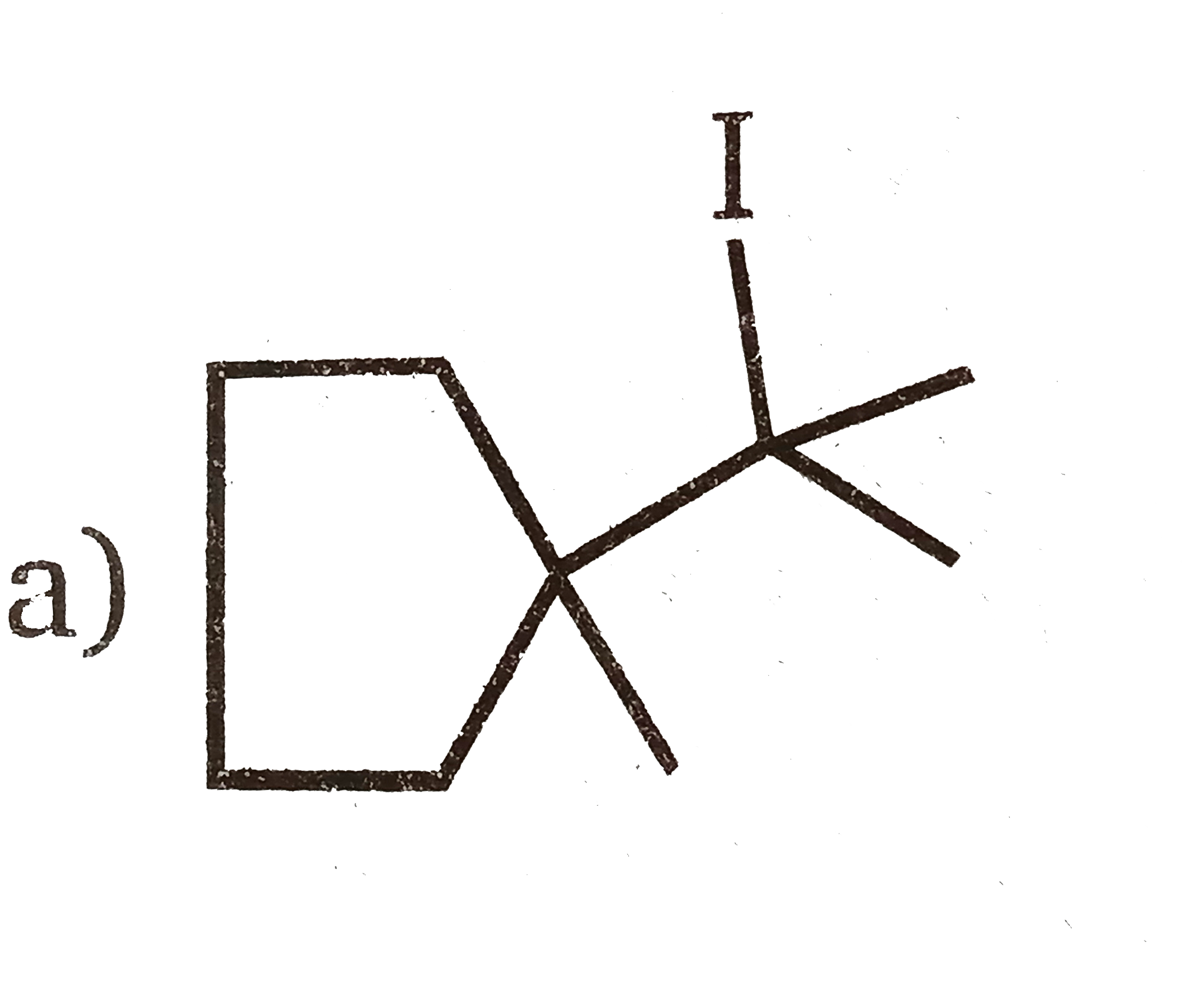
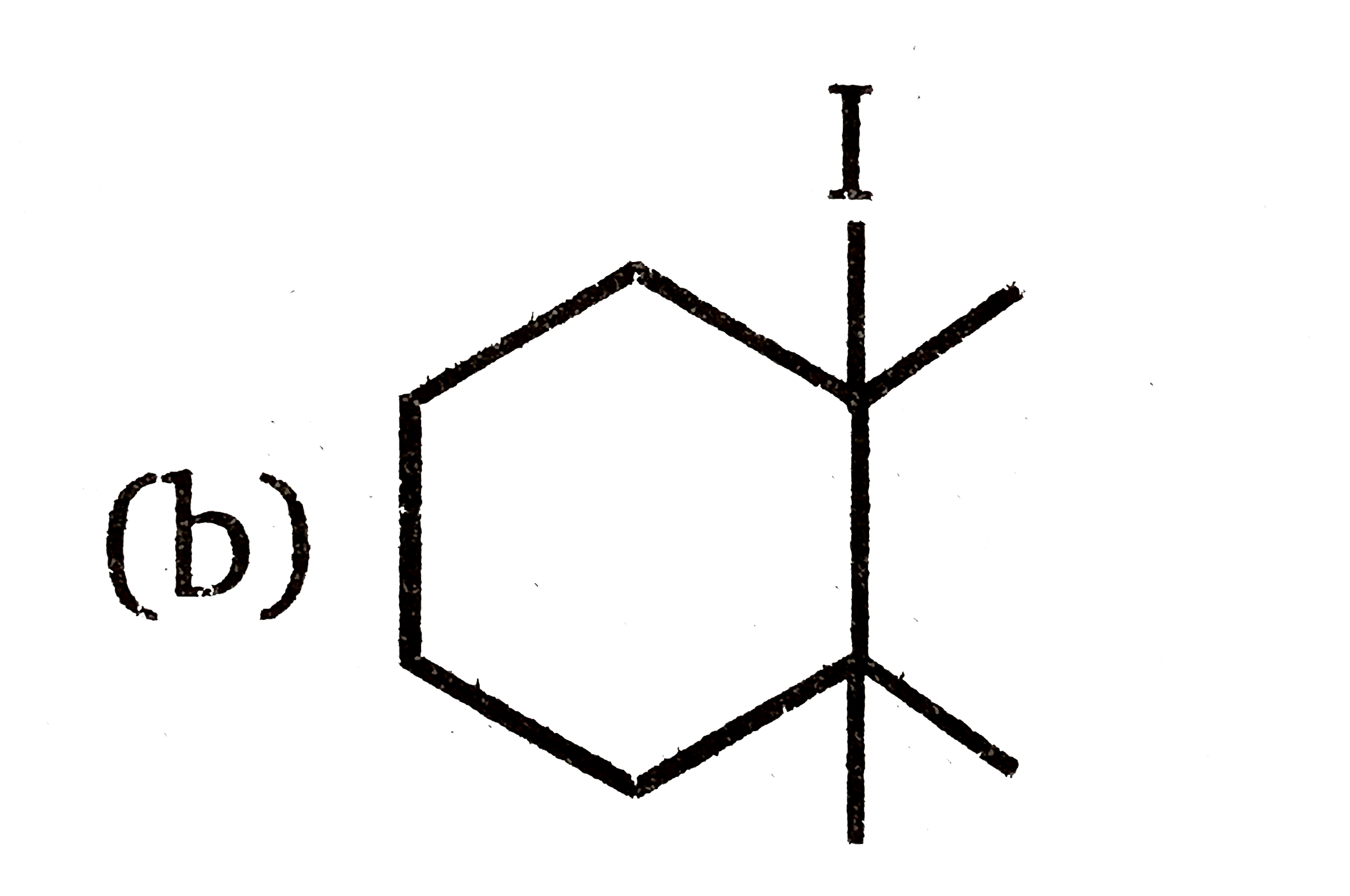
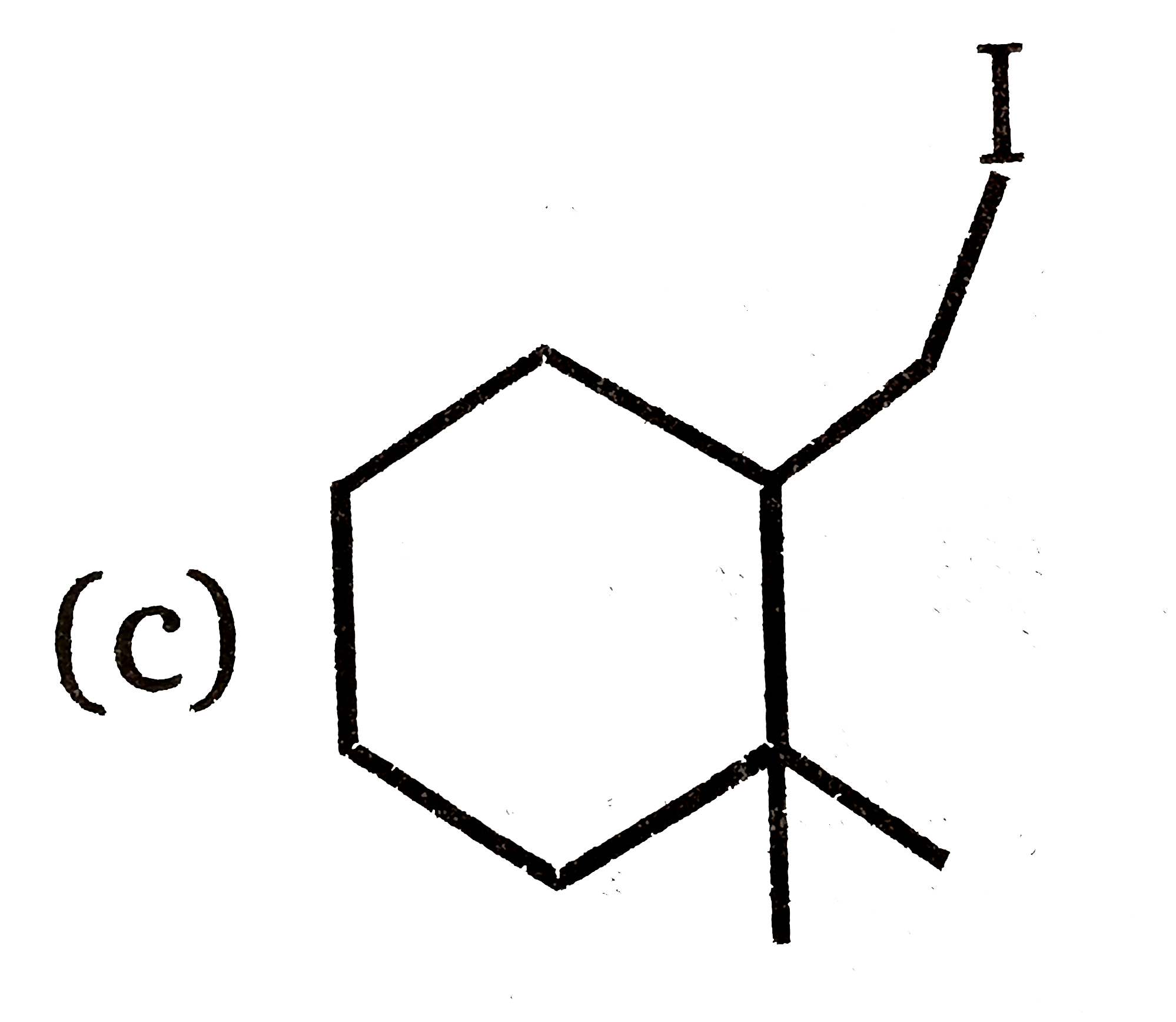
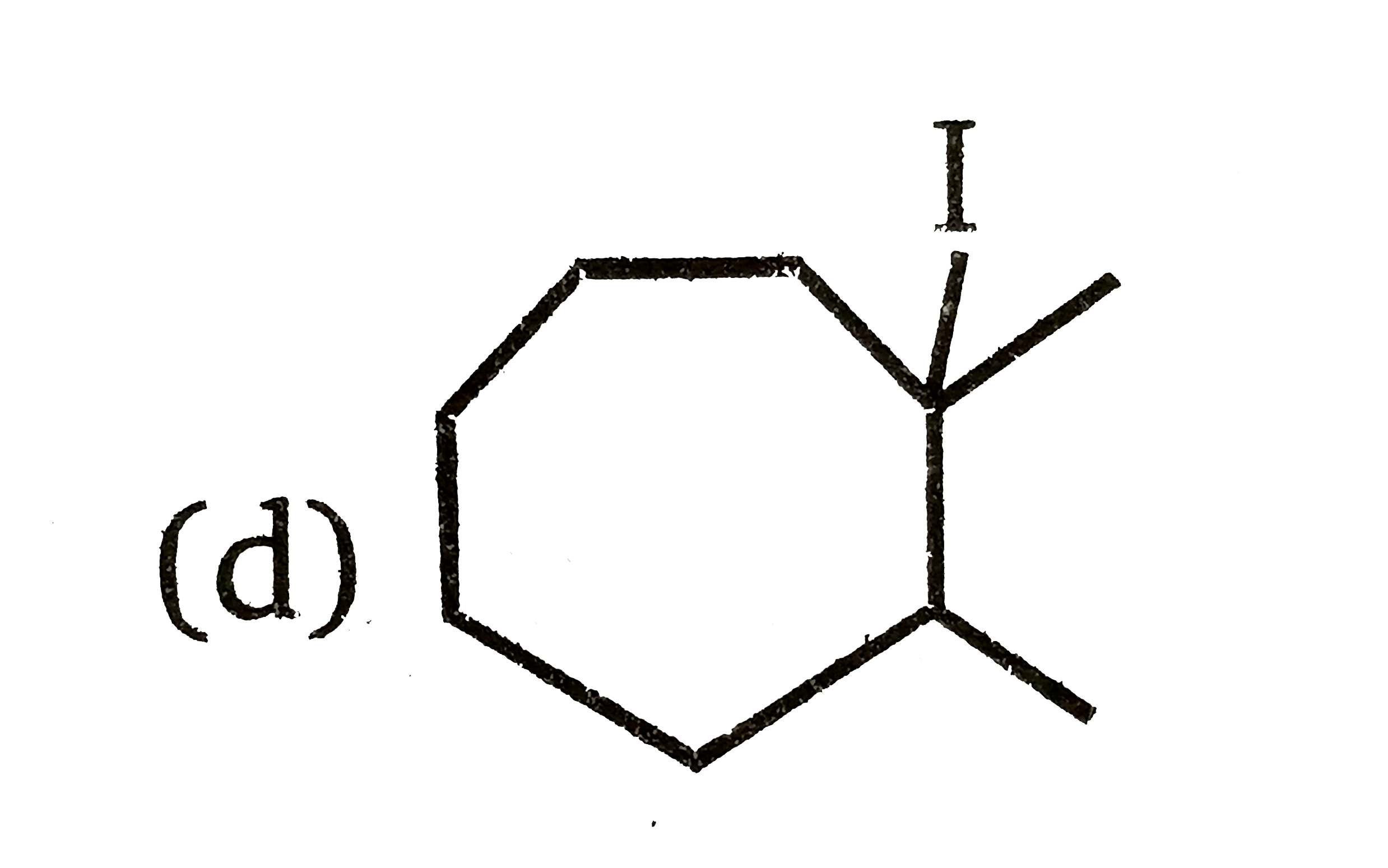
The correct Answer is:b
Ring expansion take place .

Topper's Solved these Questions
- BOOK - MS CHOUHANCHAPTER - HYDROCARBONS (ALKENES)EXERCISE - Level 1 (Q.1 To Q.30)1videos
HYDROCARBONS (ALKENES)
- BOOK - MS CHOUHANCHAPTER - HYDROCARBONS (ALKENES)EXERCISE - Level 1 (Q.61 To Q.90)2videos
HYDROCARBONS (ALKENES)
- BOOK - MS CHOUHANCHAPTER - HYDROCARBONS (ALKANES)EXERCISE - Level 1 (Q.31 To Q.50)1videos
HYDROCARBONS (ALKANES)
- BOOK - MS CHOUHANCHAPTER - HYDROCARBONS (ALKYNES)EXERCISE - Level 1 (Q.1 To Q.30)2videos
HYDROCARBONS (ALKYNES)
Similar Questions
Knowledge Check
- Question 1 - Select One
Taking into account the stability of various carbocations and, as well as the rules governing mechanism of carbocation rearrangements, which reaction is most likely to occur during the given reaction?
 A
A B
B C
C D
D
- Question 2 - Select One
What are the most likely products of the reaction shown below ?
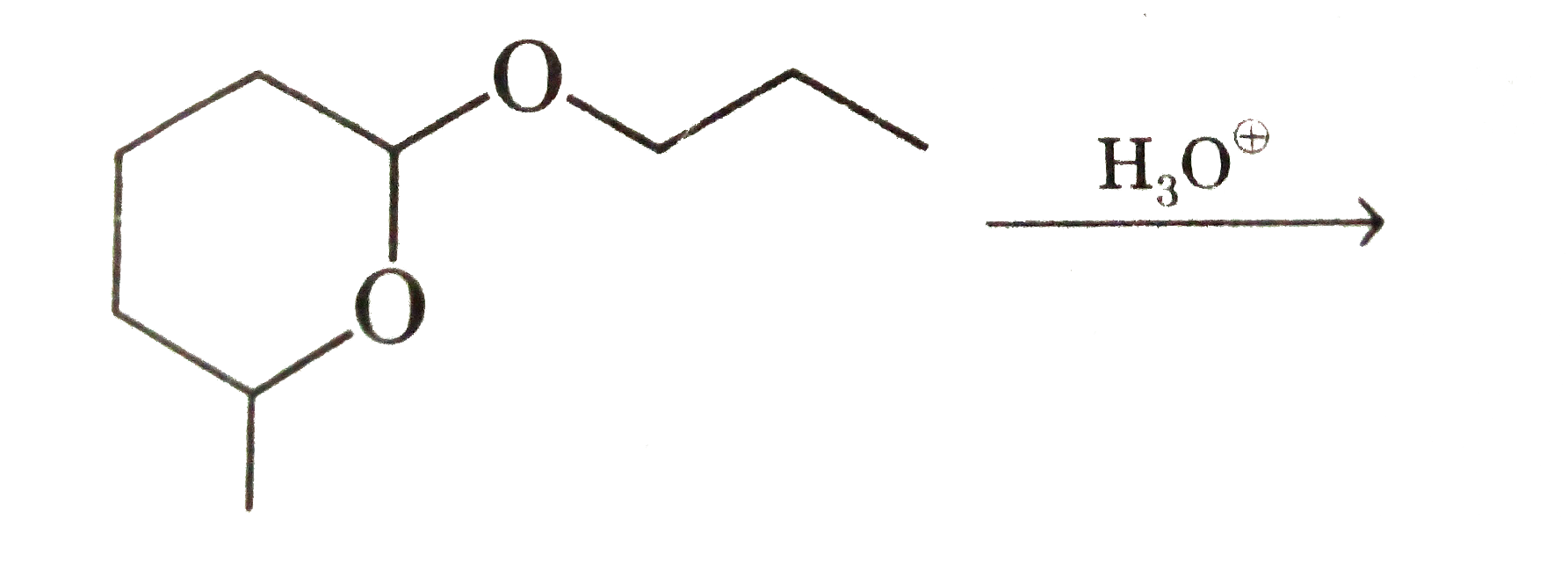 A
A B
B C
C D
D
- Question 3 - Select One
The reaction shown below goes through classical carbocation What is the major product of this reaction
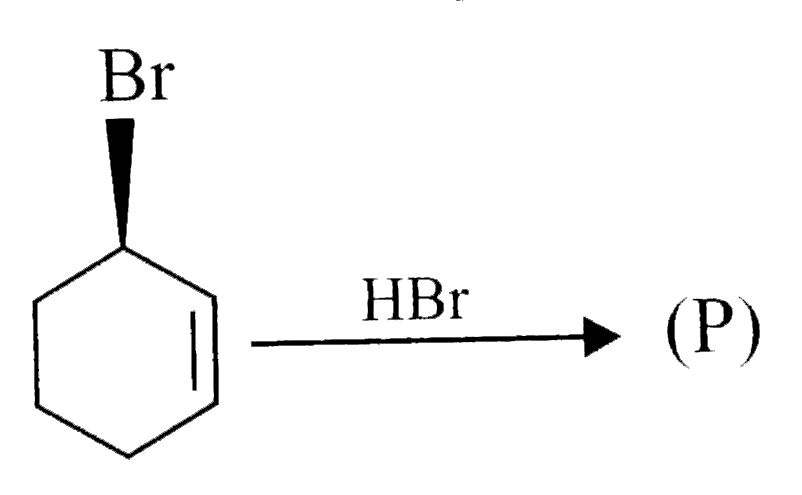 .Atrans-1,3-dibromocyclohexaneBcise-1,3-dibromocyclohexaneCcise-1,2-dibromocyclohexaneDcise-1,2-dibromocyclohexane
.Atrans-1,3-dibromocyclohexaneBcise-1,3-dibromocyclohexaneCcise-1,2-dibromocyclohexaneDcise-1,2-dibromocyclohexane
Surprisingly, the reaction shown below goes through classical carbocation. What is the major product of this reaction?
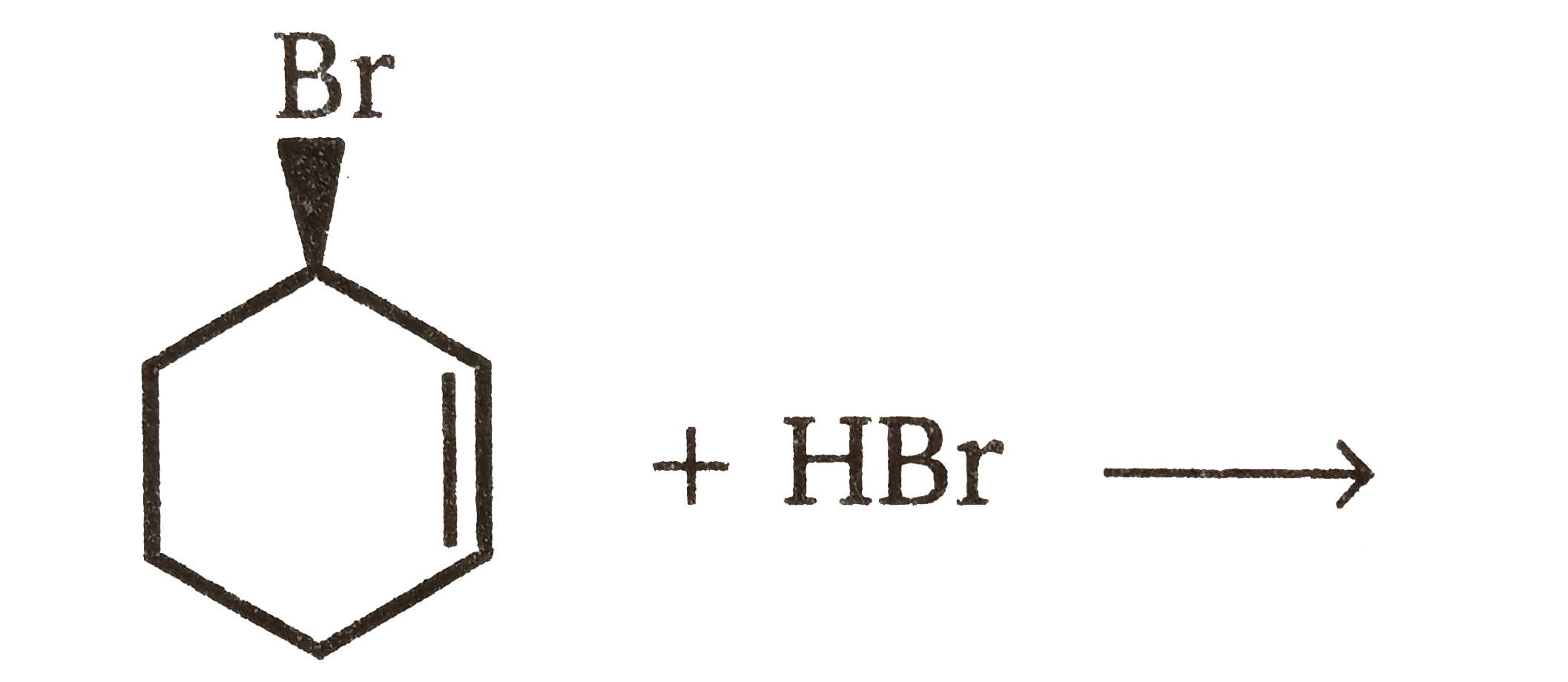 View Solution
View SolutionWhen pinacol is treated with dilute H2SO4, a re-arangement reaction takes place which leads to the formation of a ketone.
CH3−OH∣C∣CH3−OHC∣CH3−CH3H2SO4−−−→CH3−O∣∣C∣CH3−CH3∣C−CH5
This reaction involves re-arrangement of carbocation
Step 1:
_S01_409_Q01.png)
CH3−OH∣C∣CH3−+OH2∣CCH3−CH2→CH3−OH∣C∣CH3−OH∣C∣CH3−+C∣CH3−CH3
Step 2:
Carbocation rearrange by hydride, alkyl shift to get as stable as they can. Stability is the driving force for re-arrangement migration of bond may also oC Cur. Where by ring expansion and ring contraction takes place. The relief of strain can provide a powerful driving force for re-arrangement.
_S01_409_Q02.png)
_S01_409_Q03.png)
What will be the product of following reaction
_S01_409_Q04.png)
R is:View SolutionWhen pinacol is treated with dilute H2SO4, a re-arangement reaction takes place which leads to the formation of a ketone.
CH3−OH∣C∣CH3−OHC∣CH3−CH3H2SO4−−−→CH3−O∣∣C∣CH3−CH3∣C−CH5
This reaction involves re-arrangement of carbocation
Step 1:
_S01_410_Q01.png)
CH3−OH∣C∣CH3−+OH2∣CCH3−CH2→CH3−OH∣C∣CH3−OH∣C∣CH3−+C∣CH3−CH3
Step 2:
Carbocation rearrange by hydride, alkyl shift to get as stable as they can. Stability is the driving force for re-arrangement migration of bond may also oC Cur. Where by ring expansion and ring contraction takes place. The relief of strain can provide a powerful driving force for re-arrangement.
_S01_410_Q02.png)
_S01_410_Q03.png)
What will be the product of following reaction_S01_410_Q04.png)
S is:View SolutionWhen pinacol is treated with dilute H2SO4, a re-arangement reaction takes place which leads to the formation of a ketone.
CH3−OH∣C∣CH3−OHC∣CH3−CH3H2SO4−−−→CH3−O∣∣C∣CH3−CH3∣C−CH5
This reaction involves re-arrangement of carbocation
Step 1:
_S01_411_Q01.png)
CH3−OH∣C∣CH3−+OH2∣CCH3−CH2→CH3−OH∣C∣CH3−OH∣C∣CH3−+C∣CH3−CH3
Step 2:
Carbocation rearrange by hydride, alkyl shift to get as stable as they can. Stability is the driving force for re-arrangement migration of bond may also oC Cur. Where by ring expansion and ring contraction takes place. The relief of strain can provide a powerful driving force for re-arrangement.
_S01_411_Q02.png)
_S01_411_Q03.png)
What will be the product of following reaction_S01_411_Q04.png) View Solution
View SolutionUnder common reaction conditions, a carboncation rearranges to another carbocation of equal or greater stability. For example secondary carbocation will rearrange to a tertiary carbocation. It will not rearrange to a less stable primary carbocation. This generalization is not absolute, and because there is not is a high energy barrier to the rearrangement of carbocations, rearrangement to a less stable cation can occur if it offers the chance to forme a more stable product.
In which of the following cations rearrangement takes place most rapidly?View Solution


